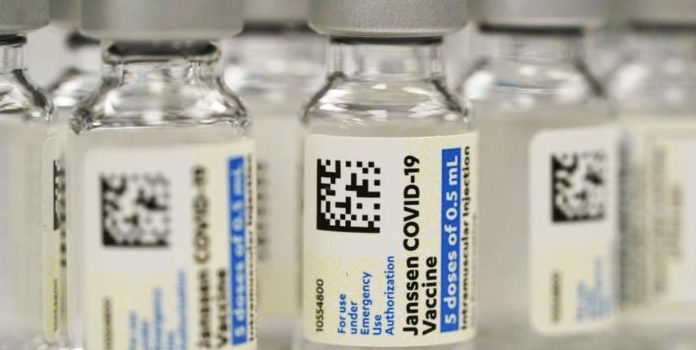(Molly Bruns, Headline USA) The Food and Drug Administration has severely limited who can receive the Johnson & Johnson COVID-19 vaccine due to the continuing risk of it causing blood clots.
The FDA ruled that the shot should only be given to adults who cannot take other vaccines, or request the Johnson & Johnson vaccine specifically, the New York Post reported.
United States health authorities have been recommending the Pfizer or Moderna vaccinations for several months.
The decision to restrict the J&J vaccine came after research revealed high risks of life-threatening blood clots within two weeks of vaccination. Initially, the J&J vaccine was considered a priority because it only required one shot instead of two, like Pfizer and Moderna.
According to the research that has been collected thus far, the single-shot method has been less effective than the double dose.
The Centers for Disease Control and Prevention has been pushing the Pfizer and Moderna options since December due to safety issues.
In March, government scientists had found 60 cases of severe blood clotting in correlation with the J&J vaccine, including nine which were fatal. Because of this, the vaccine has been labeled with a more severe warning, alerting the patient to “long-term and debilitating health consequences” as a side effect.
However, the vaccine will still be an option and is being pushed towards people who have a severe reaction to another vaccine or those who do not want to receive a mRNA vaccine.
“Data continue to support a favorable benefit-risk profile for the Johnson & Johnson COVID-19 vaccine in adults, when compared with no vaccine,” said a J&J spokesman.
The issue of blood clotting surfaced when the vaccines were initially being distributed. Federal officials made the decision to make the J&J vaccine available because the one-shot vaccine is seen as valuable.
The CDC stated on its website that even with the risk of severe, possibly life-ending blood clots, the “vaccine’s known and potential benefits outweigh its known and potential risks.”

